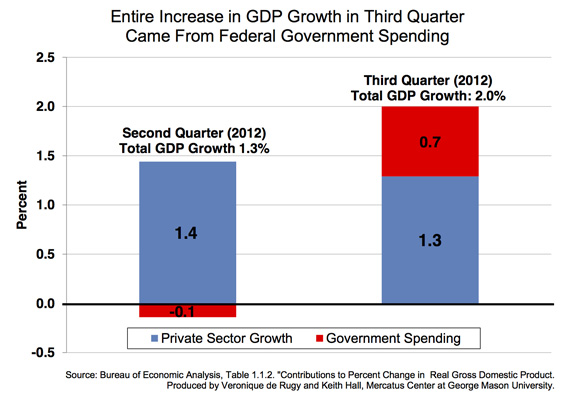ESR posts a “we’re fine” report on Google+ and then points out the damage to New York City’s power grid may be incredibly expensive and difficult to repair quickly:
Reporting from a diner in Paoli, PA, near 40°02′27″N 75°29′24″W.
Power went out in Malvern about 2AM this morning. After sleep, we have fled to where there is power and light and steak and eggs.
It feels like aftermath. The NOAA seems to no longer be issuing track updates and the storm track has disappeared from the Google crisis map, suggesting that the anticipated conversion to a large but normally (un)structured nor’easter has completed.
This area got off lightly, especially compared to the ration of apocalypse-now the storm handed New York City. Exploding high-power transformers are very bad news — they tell us that all that tunnel flooding seriously damaged the downtown end of the Manhatten power grid. That kind of equipment is extremely expensive and difficult to replace, and the halogen compounds they use as insulators are hazmats when they get loose. The prompt repair costs are going to be a large fraction of a billion dollars.
But that isn’t the worst of it. Considering that this will have have paralyzed the largest node in the international financial system for some time, downstream economic losses could easily crack a trillion dollars. The impact will be global and manifest as higher prices for everything with cross-border supply chains, rippling all the way down to Third-World farmers buying fertilizer.
Update: In almost record-setting time, here’s the first example of the Broken Window Fallacy to make it past the editors:
Disasters can give the ailing construction sector a boost, and unleash smart reinvestment that actually improves stricken areas and the lives of those that survive intact. Ultimately, Americans, as they always seem to do, will emerge stronger in the wake of disaster and rebuild better-making a brighter future in the face of tragedy.
Sandy is unusual storm and complex to gauge. Coming late in the season and combining with cold fronts to the west and north, it is really a post-tropical cyclone and has the potential to deliver epic destruction. However, coming so soon after Irene in August 2011, the level of anticipation and preparedness demonstrated by federal and state officials is commendable and should mitigate some losses-especially loss of life.
[. . .]
However, rebuilding after Sandy, especially in an economy with high unemployment and underused resources in the construction industry, will unleash at least $15-$20 billion in new direct private spending — likely more as many folks rebuild larger than before, and the capital stock that emerges will prove more economically useful and productive.





